With the acceleration of industrialization and the continuous growth of population, water resources are facing unprecedented pressure and challenges. As an important part of water resources, the water quality of rivers is directly related to human health, ecological balance and sustainable economic development. In order to effectively monitor and protect river water quality, the vertical pole river water quality monitoring station came into being and has become an important tool in the field of water quality monitoring. So, what are the functions of installing vertical river water quality monitoring stations?
The WX-LSZ03 vertical pole river water quality monitoring station has the capability of 24 hours uninterrupted monitoring, and can collect key indicators in the water in real time, such as water temperature, electrical conductivity, pH value, dissolved oxygen, ammonia nitrogen, etc. The real-time update of this data allows managers to quickly understand the status of the water quality, and if abnormal water quality is found, immediate measures can be taken to intervene to prevent further deterioration of the water quality. This rapid response mechanism is of great significance for ensuring water quality safety and preventing water pollution incidents.
In addition to real-time monitoring, the water quality monitoring station also has a built-in intelligent analysis system. When the monitoring result exceeds the preset security threshold, the system automatically sends an early warning message to remind the management personnel to pay attention to it in time and take appropriate measures. This intelligent early warning mechanism can achieve accurate prevention and control of water quality changes and effectively avoid the occurrence of water pollution incidents. At the same time, the system can also perform intelligent analysis according to historical data and real-time data, predict the trend of water quality change, and provide scientific basis for water quality management.
The Lizhu River water quality monitoring station is also equipped with a data management platform, through which users can query and analyze historical data and generate visual reports. These reports not only visually show changes in water quality, but also provide decision support for managers. By comparing the water quality data of different time periods and different locations, managers can have a more comprehensive understanding of the water quality status and formulate a more scientific and reasonable water quality management plan.
The water quality monitoring station is widely used in water resources management, environmental protection, pollution source monitoring, water quality assessment and aquaculture. By installing these monitoring stations, relevant departments and enterprises can detect abnormal water quality in time, and provide strong support for water quality management and emergency treatment. This not only helps to ensure the ecological health of water bodies, but also promotes the sustainable use and protection of water resources, and contributes to the sustainable development of mankind.
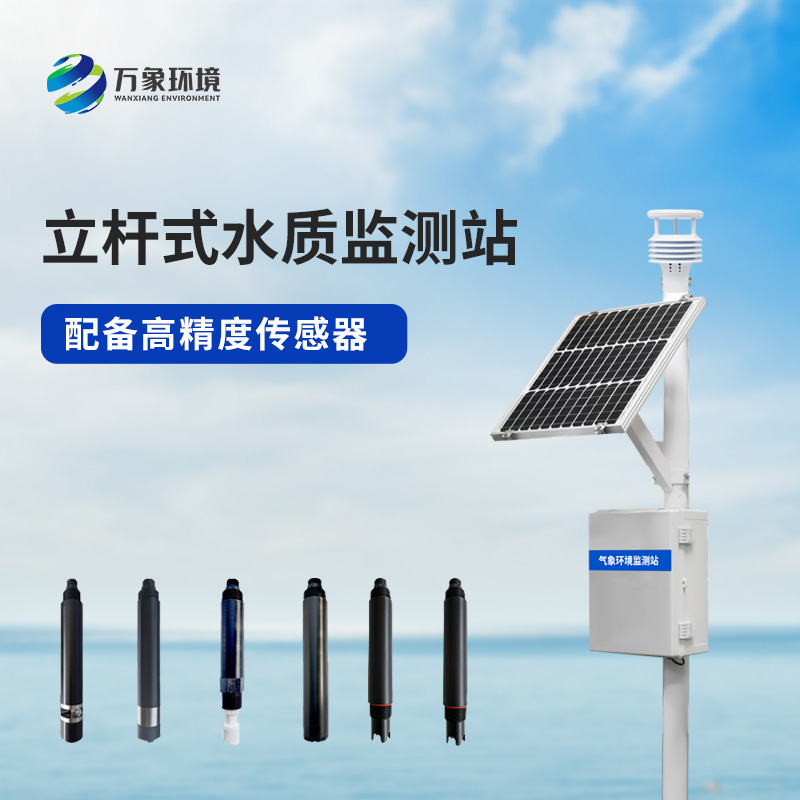
Article address:
http://www.qxhjjc.com/en/article/1357.html












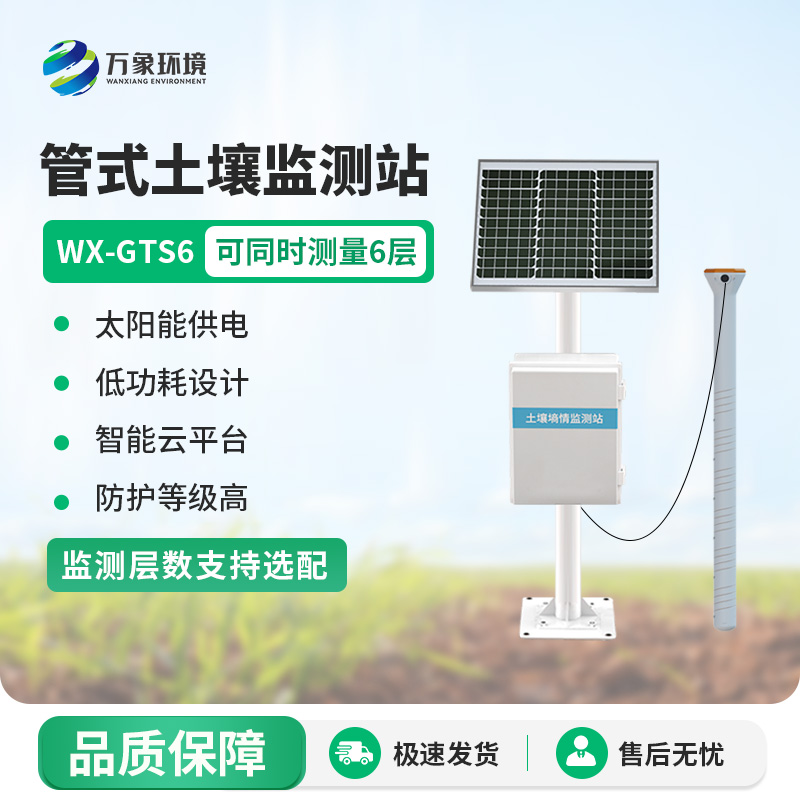
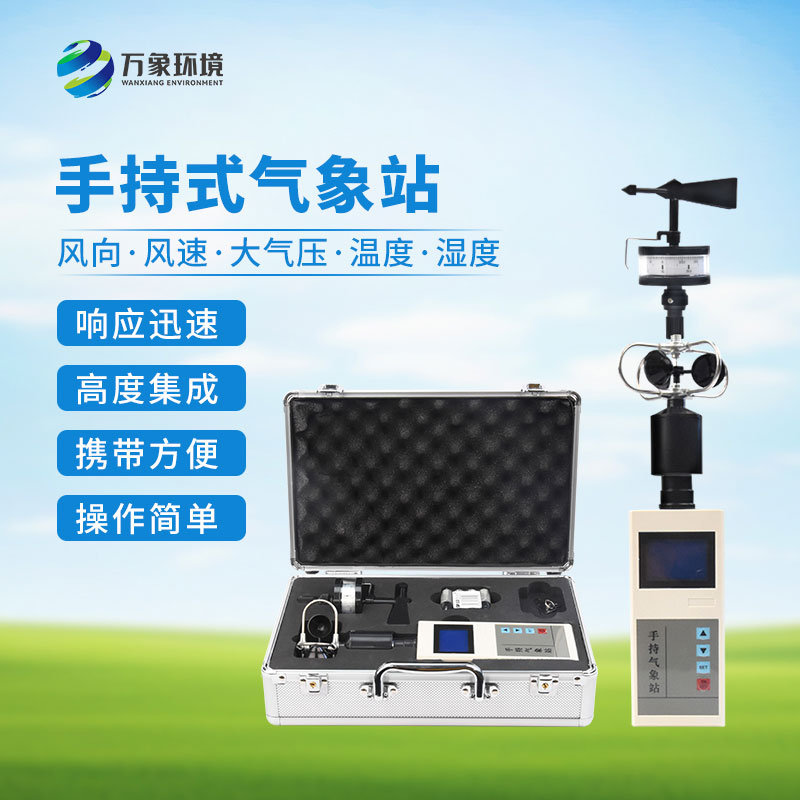
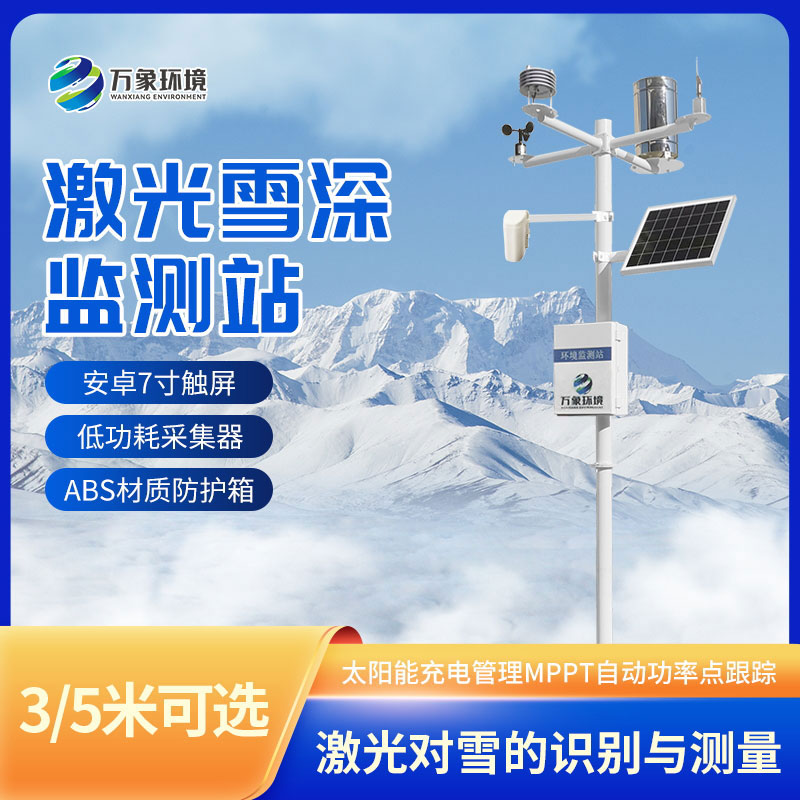
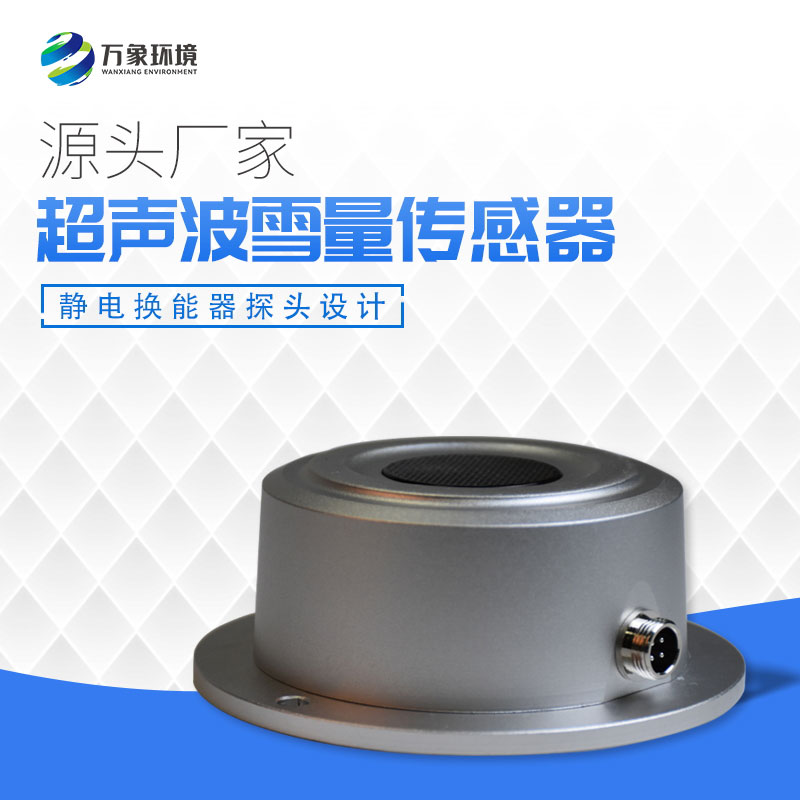


 Home
Home phone
phone Product Overview
Product Overview Contact Us
Contact Us